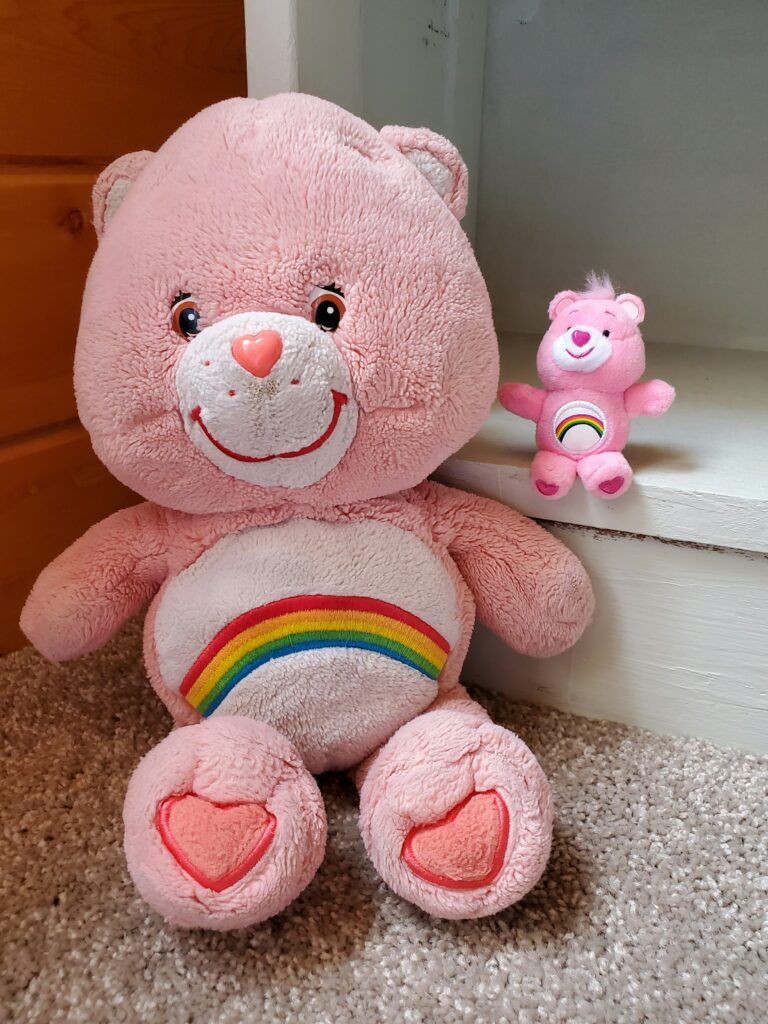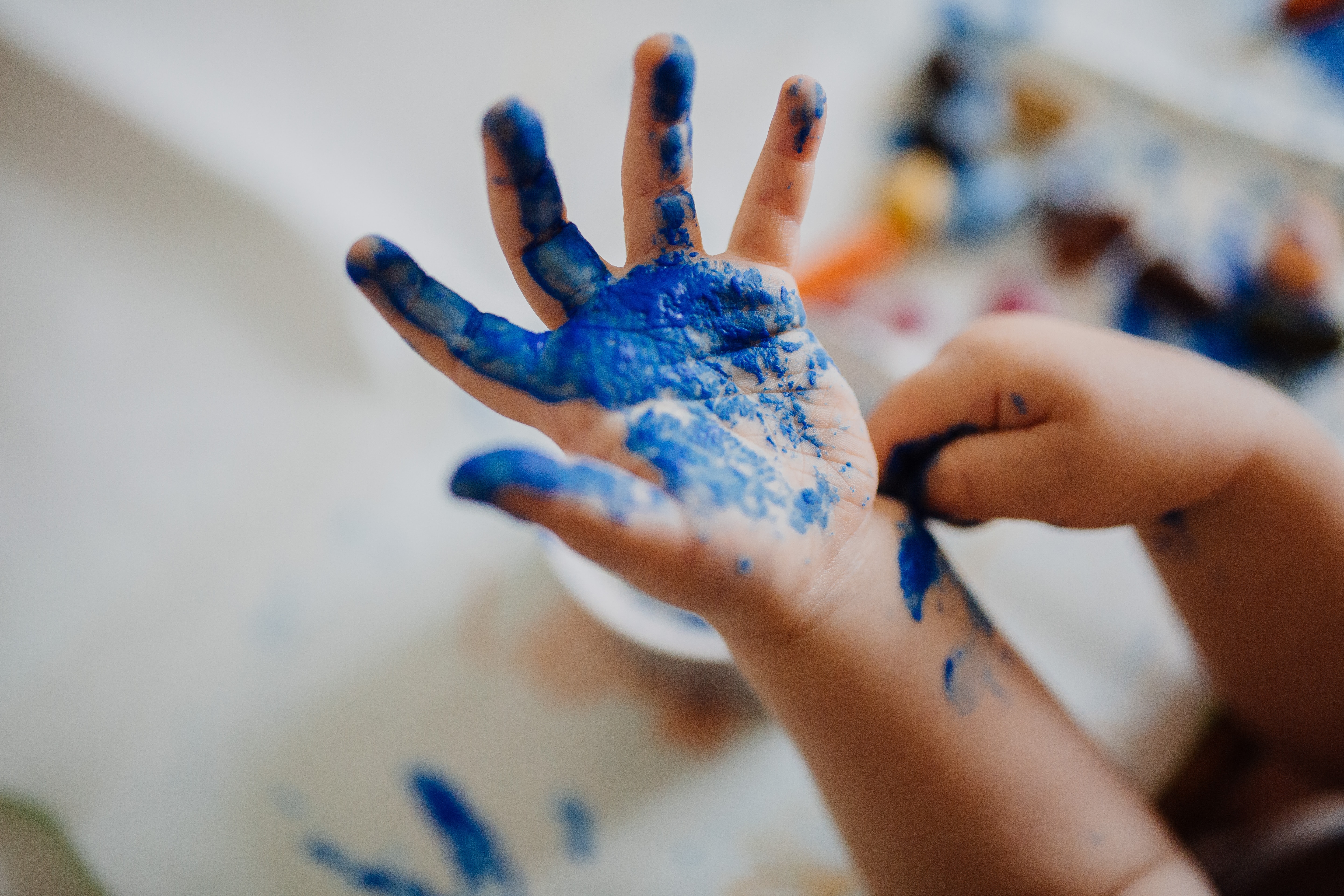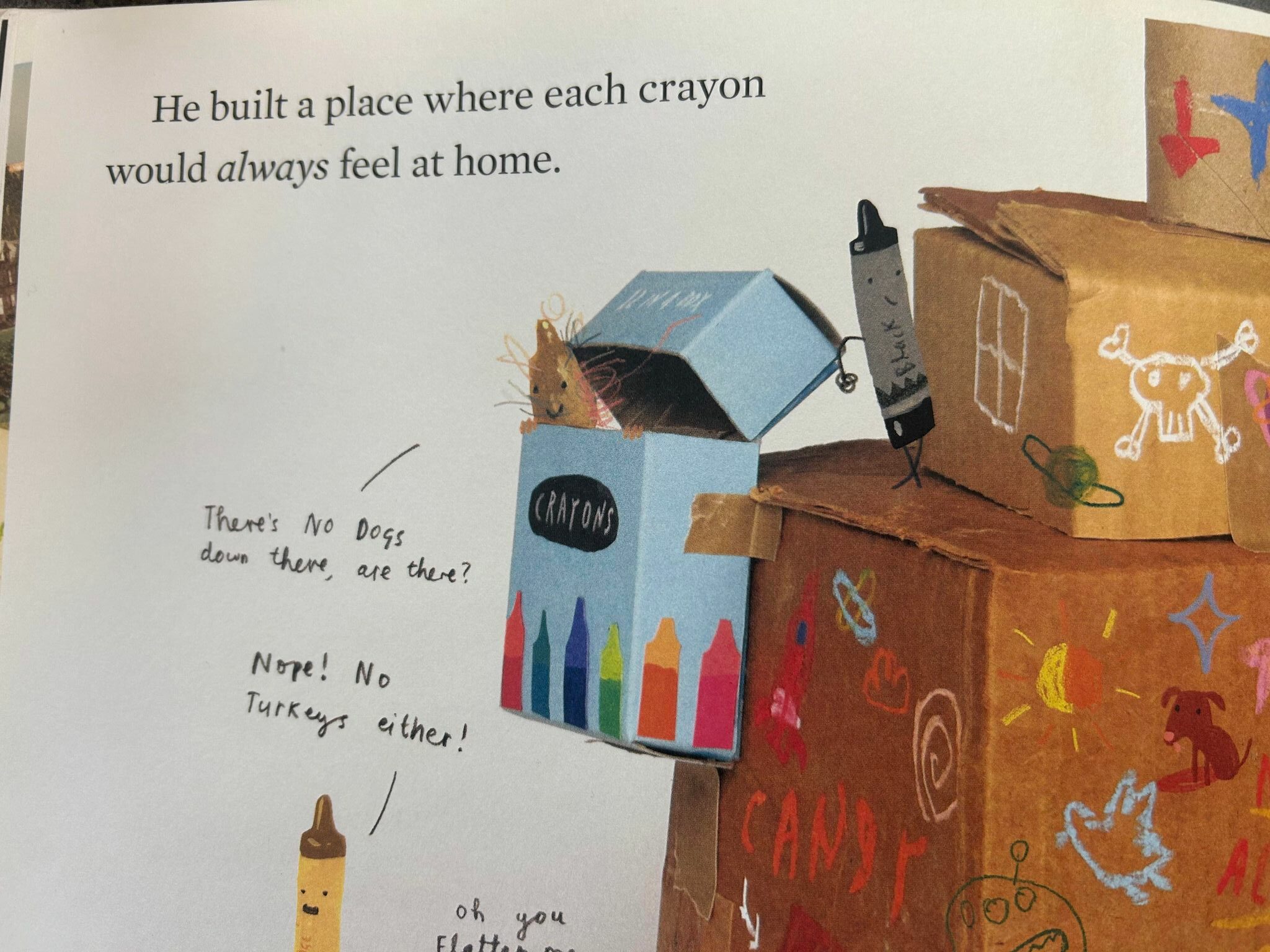Engaging With Care
By: Julia Sorenson
In early childhood education, to care for someone is more than just being kind and loving them. Care is to supply the necessities for the health, welfare, maintenance, and the protection of someone. As educators, it is our duty to supply adequate care. This means adapting to the needs of the individual child. “Caring involves both love and labor, and it is precisely this combination that underlines its conceptual complexity (Finch & Groves, 1983).” Ephesians 4:32 states: “Be kind and compassionate to one another, forgiving each other, just as in Christ God forgave you(Holy Bible, New International Version).” In our practice, this means we don’t hold a grudge because a child is learning the world and challenging boundaries every day. We are here to have compassion for children, show kindness, and forgive daily. The fundamentals to caring include: meeting the child’s needs, the child’s physical comfort, certainty about continuation of the care being provided, and the relationship with a close caring individual.
Observing children and figuring out their individual needs is how we can best care for them. Considering children’s health, physical development, environment, emotional wellbeing, mental ability, social relationships and spiritual aspects of development (Friedrich Froebel, principle 2). Making sure to validate their feelings and ways of thinking. When we begin to place focus on what a child can do, and build on individual strengths, we increase the child’s sense of well-being and belonging, as well as instill confidence. Childhood is important and we don’t need to rush children into adulthood(Froebel, principle 1). The adults in my experience were protecting my childhood innocence and allowing me to be a child as long as possible. They knew that exposure to negativity wouldn’t benefit me, so they found a way to keep me from it.
Care is a very personal experience, with each experience differing from the next. In my experience, love and care go hand in hand. When I was 6 years old, I was struggling to make friends at school. This was likely due to my angry outbursts of frustration, or my lack of knowledge on social cues. Maybe it boiled down to an angry parent gossipping about the time I told their daughter, “go ahead,” when they had exclaimed, “I’m going to jump off the playground and kill myself!” I was six. Regardless, I noticed a huge shift in my daily routine around this time and didn’t think much about it until years later when my mom explained it to me. She explained that the reason I wasn’t able to be around the cubby area in the morning was because parents were out there speaking poorly about me around the other children. She and my teacher didn’t want me to hear these words. (Caring evidence #1.) Instead of being part of the toxic environment, a support worker would pick me up from my class in the morning and we would set up the resource room for the children who utilized the space. This action taught me how to care for others. The adults in my life were caring for me without me even realizing it. They were showing me love and care, much like I do in my daily practice now.
In my described experience, there were three key factors: “1) the condition of need, 2) an attitude of concern, and 3) intentional involvement and intervention(Ricks,1992).” This is evident in how care was provided to me: 1)The women in my life depicted an area of need for me: to be away from the gossip to avoid damage to my self worth, 2) expressed concern for my well-being, and 3) used intention in creating a plan that would best benefit me long term. This goes to show that “caring is a (human) species activity that includes everything that we do to maintain, continue, and repair our world so that we can live in it as well as possible(Fisher & Tronto, 1990).” These women creatively altered my day plan so I could live in the world as well as possible. To live in the world without fear is a human right.
Another right of children is their right to care. Care is not something to be earned(Murray, 2021, p21). It is an educator’s job to create a welcoming, inclusive space for all children. A child’s right to care is just of the seven points that Murray expands on. Care and education work together. “Care is intellectual, physical, social and emotional development. The pedagogy of care helps us shape a unique identity as early childhood teachers(Murray, 2021) It is human nature to care for others. Just as love is a natural human attribute, so is care. We are constantly being cared for or caring for others throughout our lives. Being cared for is part of our human experience. As educators begin to care, “model care, and shape a care curriculum, we begin to see that care is everywhere(Murray, 2021 p22).”
Care is all around us, in everything we do. We care for others everyday without realizing, and it’s a key role of educators. Our job is to ensure all children feel the love that they deserve. In order to provide quality care to children we must meet them where they are; we must observe what they need. This includes keeping them from physical and emotional harm. When we welcome the power of care, we develop meaningful relationships with both children and families. In my practice I will continue to take time to observe children before I jump into care plans. Each child’s story is so unique, and deserves to receive adequate, stable care.

References:
Beatrice Merrick. (2022, November 23). Friedrich Froebel. Early Education. https://early-education.org.uk/friedrich-froebel/
Holy Bible. New International Version. (2024).
Ricks, F. (1992). A Feminist View Of Caring. A feminist’s view of caring. https://cyc-net.org/profession/readarounds/ra-ricks.html
Murray, C.G. (2021.) Illuminating Care p. 21-22.


